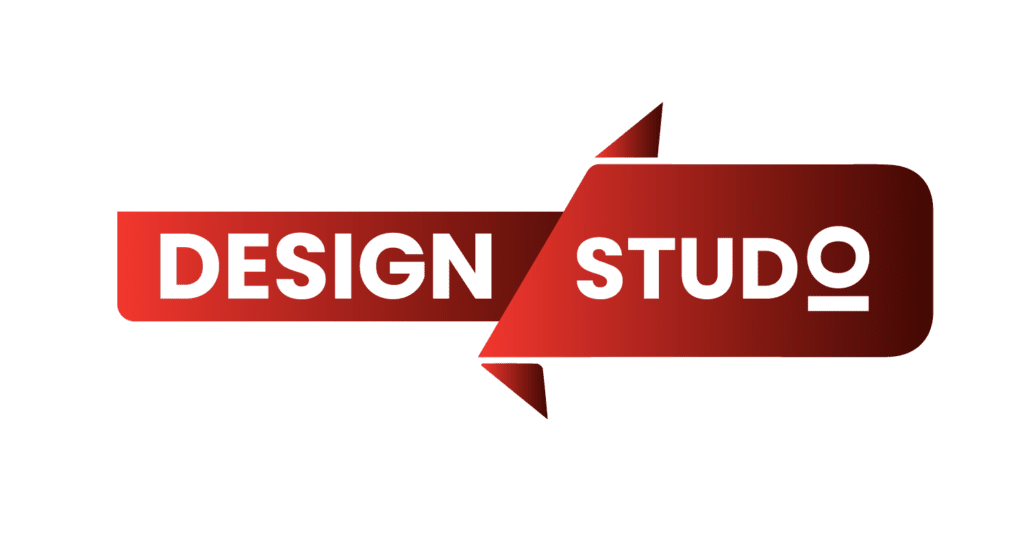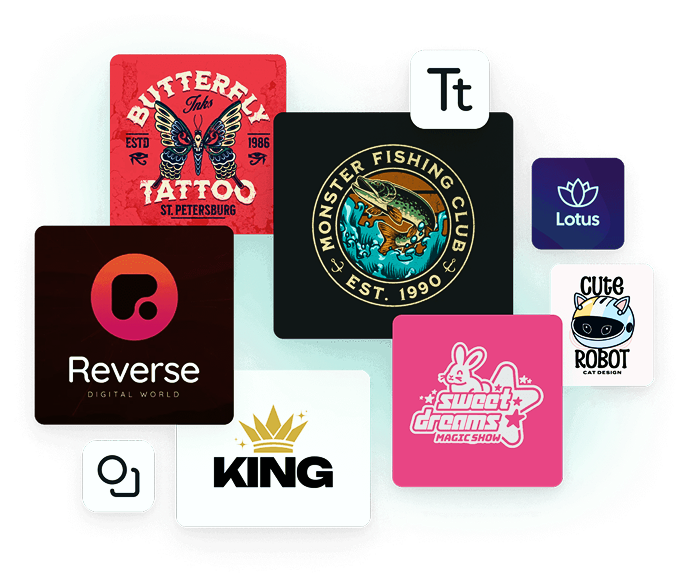Exploring Animated Logo Designs Inspiring Ideas
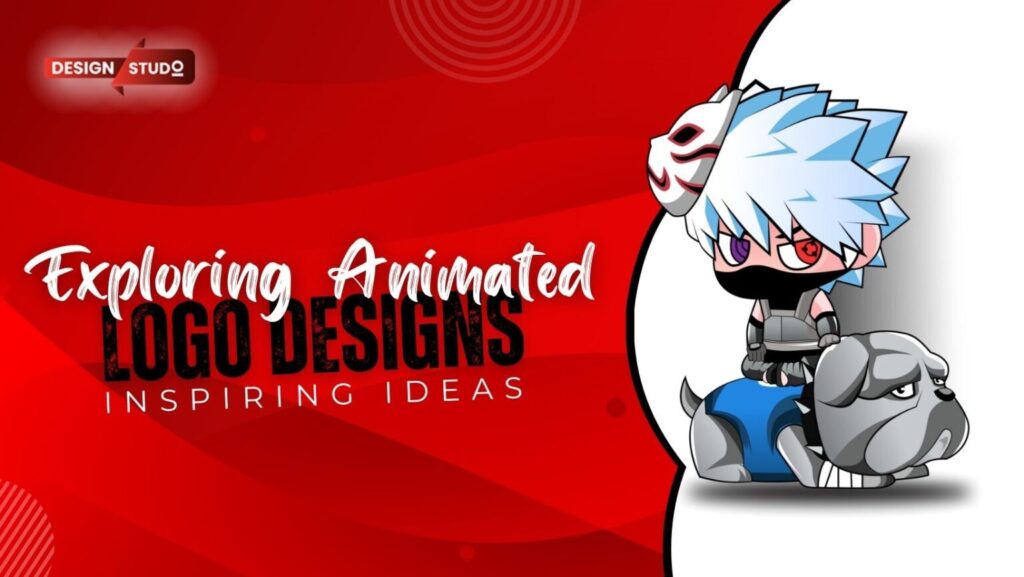
In today’s digital landscape, a logo is more than just a static image; it’s the face of your brand. Animated logos are gaining popularity for their ability to capture attention and convey a brand’s message dynamically. This blog explores inspiring ideas, benefits, and expert insights into animated logo designs, all while highlighting our professional logo […]
What is Web Designing | Top 3 Important Types of Web Design
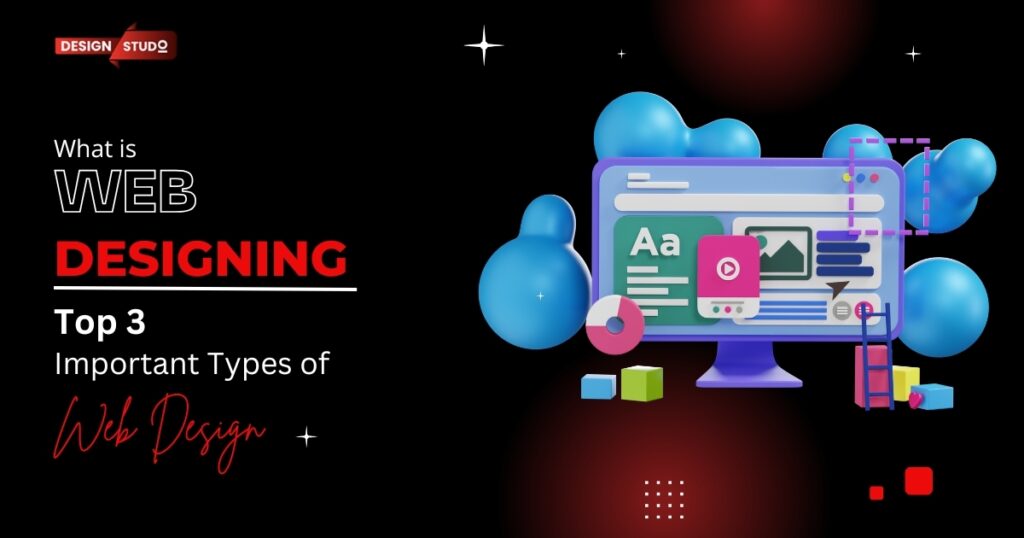
In today’s digital age, having a robust online presence is vital for businesses of all sizes. Central to this presence is web design, an art and science that combines aesthetics, functionality, and user experience. At Design Studio Online, we understand the nuances of crafting websites that not only look good but also perform exceptionally. This […]
The Creative Art of Print Design
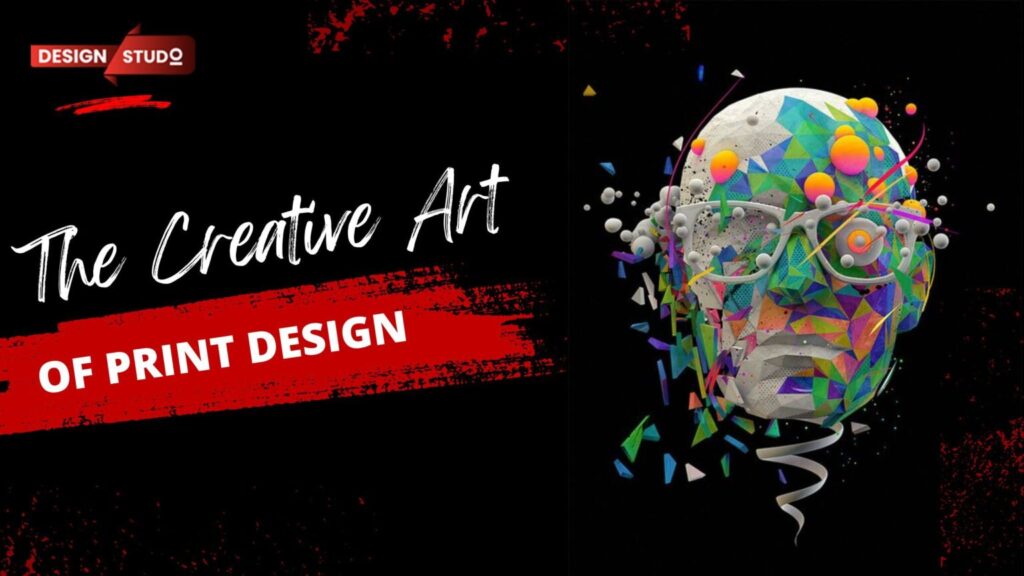
In the ever-evolving landscape of digital media, print design continues to hold a vital place. While technology has transformed how we communicate, the allure of print remains undeniable. From captivating brochures to eye-catching posters, print design serves as a powerful medium for storytelling and brand identity. In this article, we’ll explore the creative art of […]
Why AI is the Future of Digital Marketing for Agencies
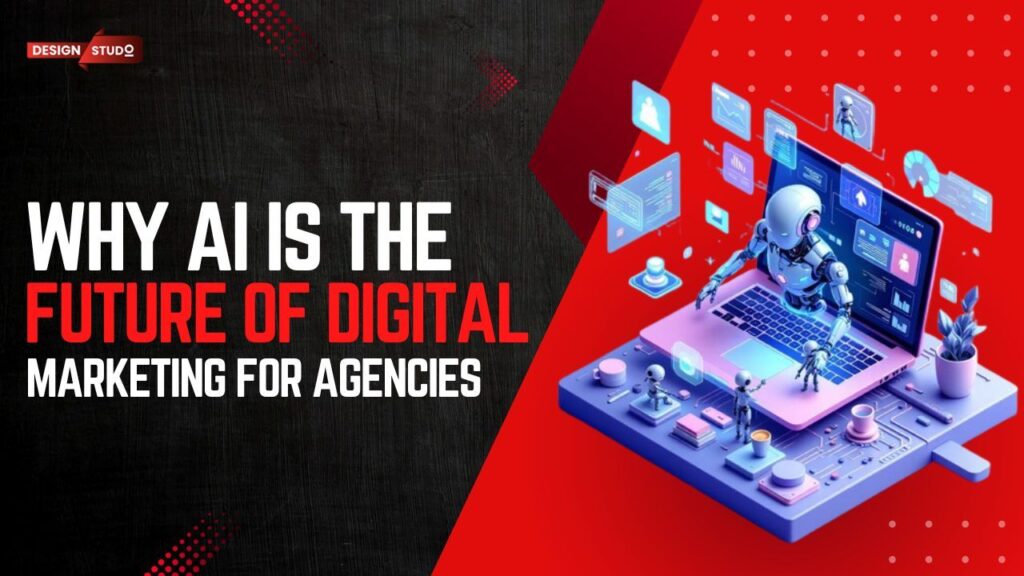
The digital marketing landscape is a dynamic and fiercely competitive environment. Agencies must constantly adapt to stay ahead of the curve and deliver exceptional results for their clients. Artificial intelligence (AI) is no longer a futuristic concept; it’s a present-day reality reshaping the very fabric of digital marketing. It’s not merely a tool; it’s a […]
Innovative 3D Logo Ideas to Elevate Your Business Identity
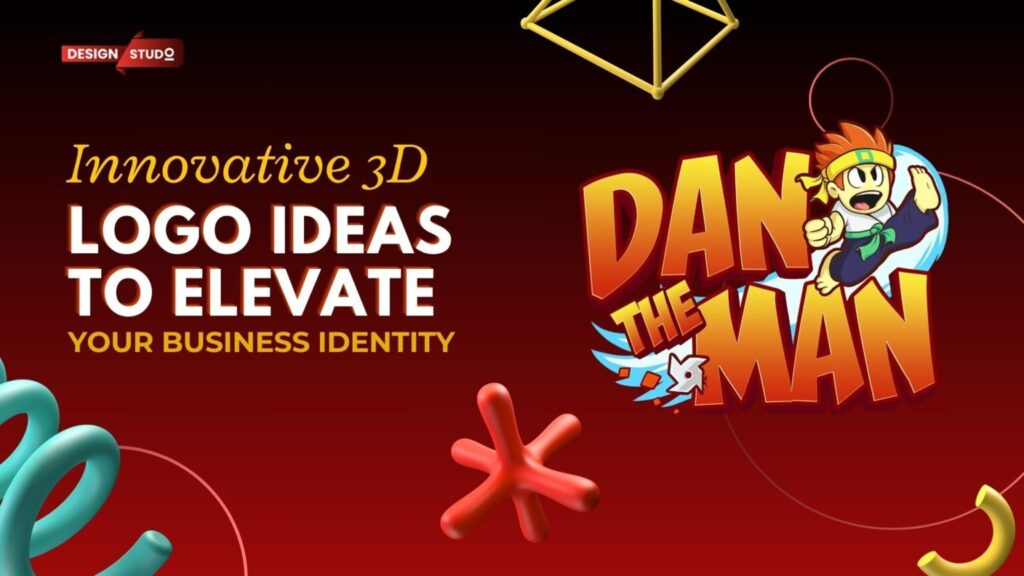
In the realm of business, where identity is paramount, the significance of a logo cannot be overstated. A logo serves as the visual cornerstone of a brand, encapsulating its essence, values, and aspirations in a singular design. As we traverse the digital landscape of the 21st century, an evolution has emerged—a shift towards three-dimensional (3D) […]
AI for SEO: How Artificial Intelligence Enhances Optimization
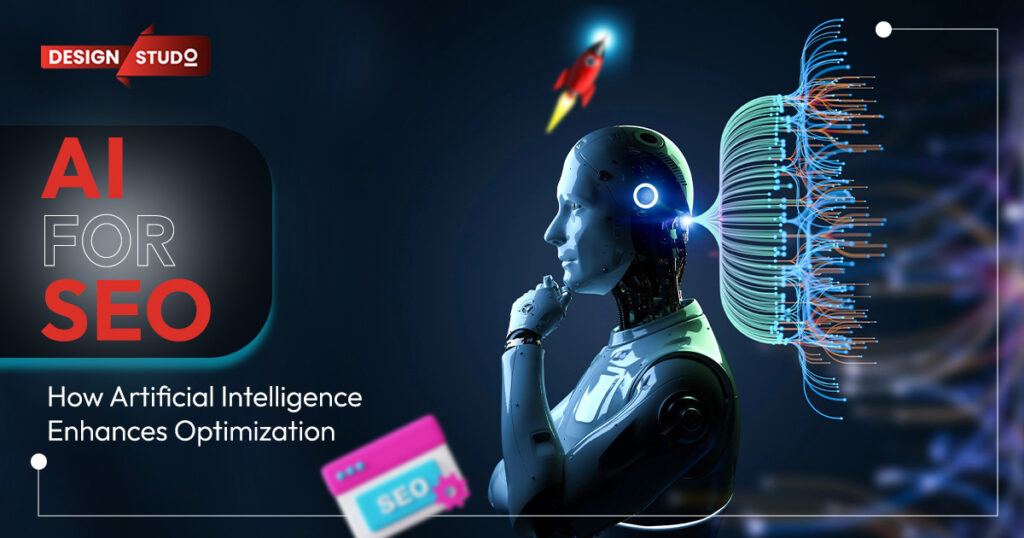
In the ever-evolving landscape of digital marketing, staying ahead of the curve is essential for businesses seeking to enhance their online presence. As search engines become increasingly sophisticated, the strategies we use to optimize our websites must also adapt. Enter artificial intelligence (AI) a transformative force that is reshaping the SEO landscape. At Design Studio […]
What is the Best Way to Create a Website?
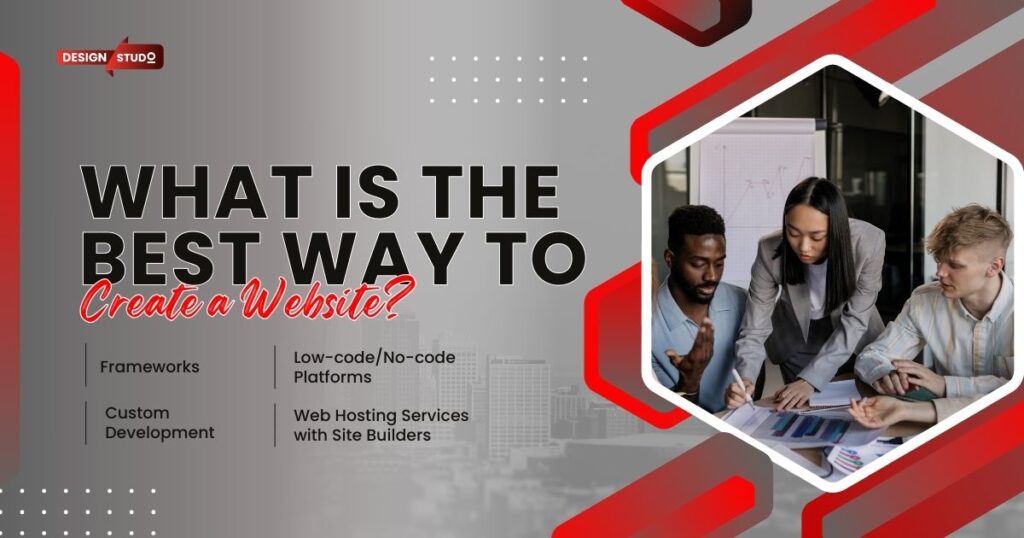
In today’s digital landscape, having a robust online presence is essential for businesses of all sizes. Whether you’re a startup looking to make your mark or an established company aiming to enhance your visibility, creating a professional website is a crucial step. At Design Studio Online, recognized as the best digital marketing agency in USA, […]
How Multi-Channel Marketing Boosts Brand Visibility and Engagement
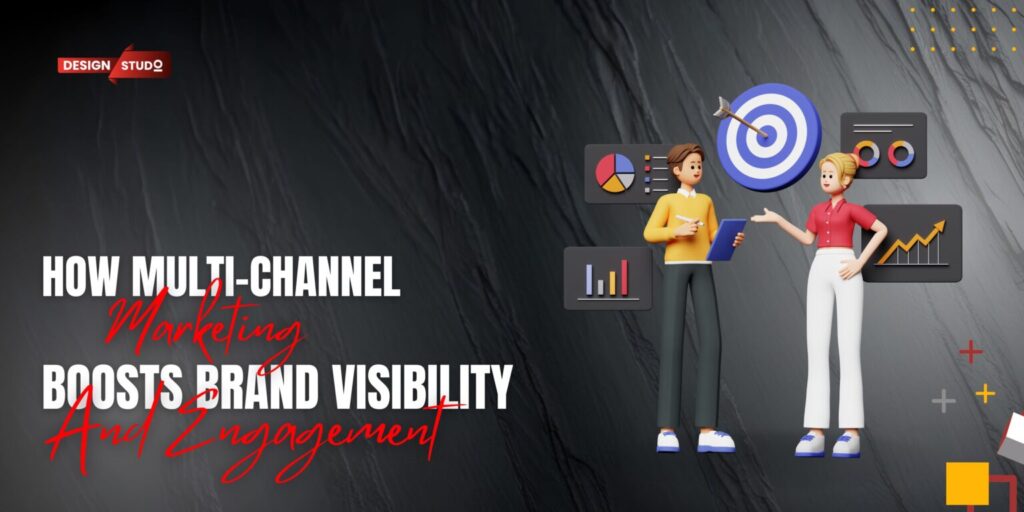
In the grand tapestry of commerce, where brands vie for the fleeting attention of consumers, multi-channel marketing emerges as a beacon of opportunity. This strategic approach, akin to a masterful Shakespearean play, intertwines various platforms and channels to create a symphony of engagement and visibility. At Design Studio Online, we understand the nuances of this […]
Leveraging PPC Advertising for Maximum Conversion
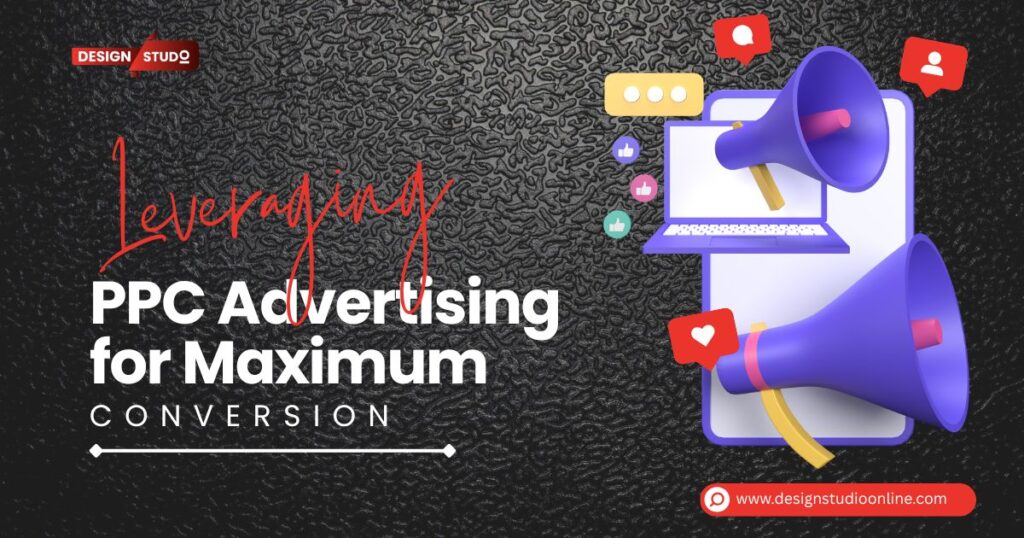
In the grand tapestry of modern marketing, where the threads of creativity and strategy intertwine, one must ponder the art of persuasion. Among the many tools at a marketer’s disposal, Pay-Per-Click (PPC) advertising emerges as a beacon of opportunity—a siren call to those who seek not just visibility, but the sweet nectar of conversion. As […]
What is a 2D Logo Design?
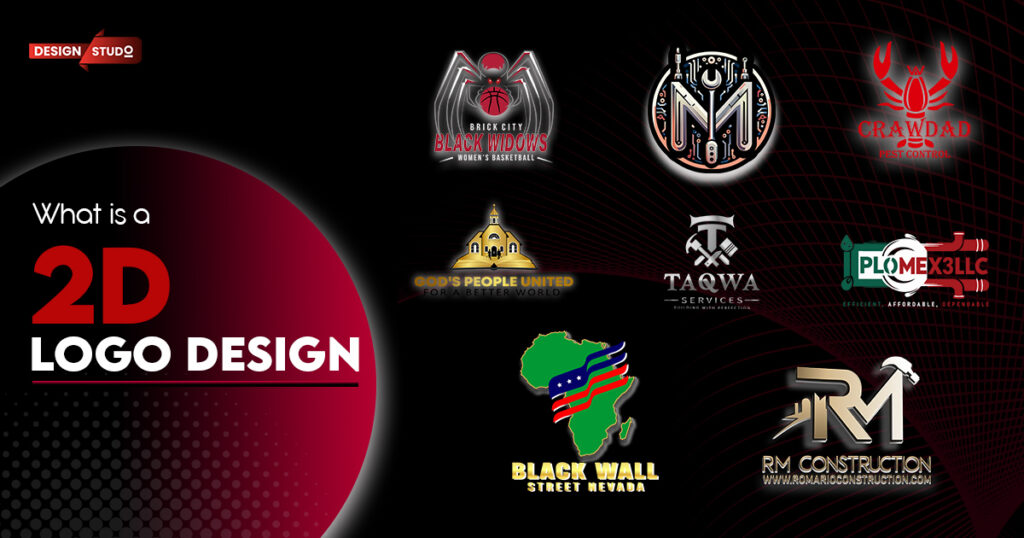
In the bustling marketplace of ideas, where creativity intertwines with commerce, the humble logo emerges as a beacon of identity. The 2D logo design, a quintessential aspect of branding, encapsulates the spirit of a company in a singular image, a visual ode that speaks volumes without uttering a word. As we embark on this exploration, […]

